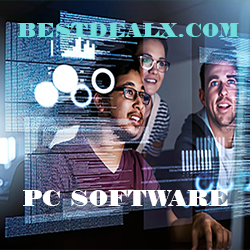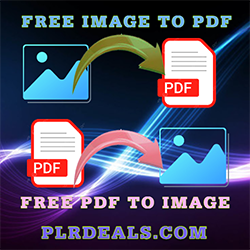Business Cards are typically small cards (that fit into the palm) and are used to hold business related company or individual information. A business card normally holds name, company/ profession or service name, contact info that includes addresses, telephone and fax numbers, email IDs and website URL. They are exchanged when people are introduced to one another. They serve to transmit information and act as a memory aid when persons want to remember or contact the business or individual. In earlier days, business cards have been sporting black colour font on a plain white background. But today’s business cards might have multiple colors and visuals to grab attention.
Typically they are printed out on card stocks with standard sizes. There are country-wise and locality based norms that determine card sizes in general. The weight of a card too is determined by the above parameters. Cards earlier used to have only one or two colours; but now with the advent of digital and batch printing in full swing, printing with all colors has become a cost effective option. There are different kinds of finishes that can be given including polished and matte laminates. Business cards can have a UV gloss coating for a glossy finish. A three dimensional effect can be imparted on the printed matter. The cards can be printed using typical printing machines or with digital copiers or digital presses. These cards software is available in plenty which can be used to produce business cards en-masse either at a printer’s or even at home.
The tools provided with this kind of software include design, layout tools and text editors.
They also come in other formats like CD ROMs. With the current technological advancement these cards have come into vogue. They have a big advantage – they can hold huge amount of data and correspondingly a lot of information can be made available regarding the business or individual. They come in many shapes including square, circular or oval. They are similar in size to standard business cards. The CD-ROMs can fit into the 80 mm tray of a CD-ROM drive in a computer. They are compatible with most drives but not with drives that have slot loading. Though they can hold huge quantities of data and presentations about the business services they have not replaced the traditional business cards. These days many of the hand held computers like laptops, mobiles, palm tops etc are designed to transmit e business cards using wireless technology (like infra-red/ Bluetooth/ RFID). The recipient can then directly save this information on to his machine without the need to re type the same.
Many materials are used in the manufacture of these cards like paper, thick card, plastic or PVC which could be frosted and translucent, clear plastic, white plastic and metallic plastic. There are even cards made of unique materials like metallic cards, rubber cards, magnetic cards etc. Such materials are used when the company or individual is trying to advertise his business in a unique and attention grabbing manner.
Popular flyers are the business cards. Flyers became popular during the 1980s and 1990s. They are constantly evolving and a lot of creativity is coming into play.







